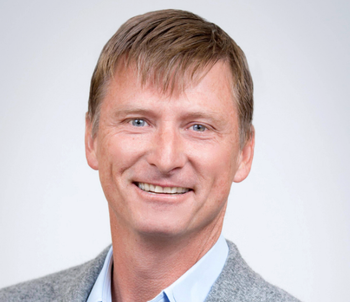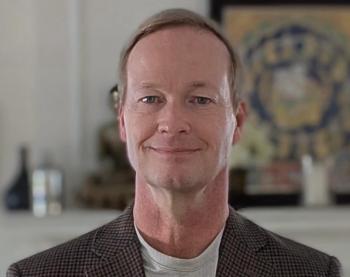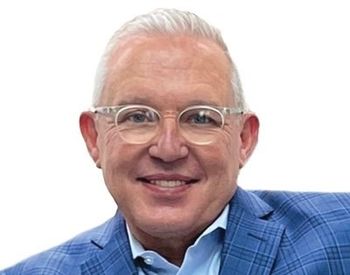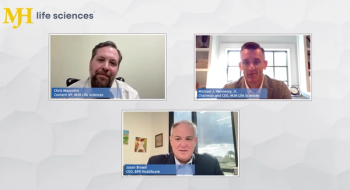
How the AMA Is Tackling Physician Burnout
400 physicians kill themselves every year. Here’s what the AMA is planning to do about it.
Barbara L. McAneny, M.D., is a board-certified medical oncologist and hematologist, and the 173rd president of the American Medical Association (AMA). We invited her into our studios in Cranbury, New Jersey to talk strategy: How does the AMA aim to shield its constituents from physician burnout?
McAneny: Physician burnout is very much a problem, actually. Four hundred physicians kill themselves every year — 100 medical students. This is not acceptable, and we have to address this.
The American Medical Association (AMA) has recognized this as a major public health problem and we consider it "the fourth pillar." Instead of the triple aim, it’s the quadruple aim now. It should include physician wellness, because if you're not a healthy caregiver, and if you're not able to give of yourself to your patients, you don't do as good a job. How can you be empathetic if you're hurting that badly? We are working very hard with that.
We think that the electronic health record (EHR) dysfunction is a symptom of the burnout. It's the most obvious interface to the physician. But the real problem, I believe, is lack of control. That instead of being able to say, "I've been trained as a professional to know exactly what the patient in front of me needs," to be able to explain it to that patient, etc. First, you're on a treadmill. You don't have time to sit and explain it to the patient. You don't have time to make that relationship with the patient. Because your hospital, if you're employed there, is focusing on how many RVUs you can churn out every day, rather than whether or not you have a good relationship with that patient.
And then once you figure out what the best treatment plan is, you have to go and play "Mother, may I?" with the insurance companies, which can take days and is very frustrating for physicians. And then you have to tap into the electronic health record all of these meaningless quality measures that don't change what we do every day.
So we did a study at the AMA that showed that for every hour that a doctor gets to spend talking to a patient, which is the part of healthcare that keeps doctors happy as well, we spend two hours tapping on a computer putting in data, which is the part of healthcare that doctors can't stand.
We really are working now with a lot of the EHR vendors and with the next generation of people who are working with creating new apps and new devices so that we have physician input at the beginning so that we can create an EHR that actually helps me take care of a patient, and not just helps me create a bill, which is not the goal of the physician.
So what we want in an electronic health record, what would make it into something that physicians liked, would be if when I see a patient, I can pull up their genomic tests and have it help me interpret those tests. Because no one's going to be able to keep up with the tsunami of information that's coming at us, and which new genome mutation is important for this cancer, for this patient, and how does it interact with the other ones. Which drugs are correlated with that mutation?
I would love to be able to have at my fingertips some decision support to help me with that. To be able to turn that computer around and show the patient, "This is what's going on," rather than having it be something that I have to do on the side to satisfy documentation requirements.
So we're continuing to work with a lot of the EHR vendors, we're working with the insurance companies for prior authorization fixes so that we don't have to spend all that time on the phone playing "Mother, may I?" And see if we can't get some of the burdens of care off of physicians' desks and let them go back to patients.
Get the best insights in healthcare analytics
Related







































